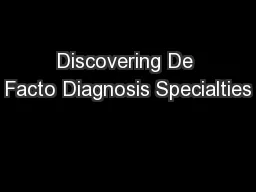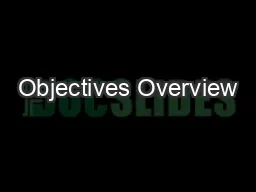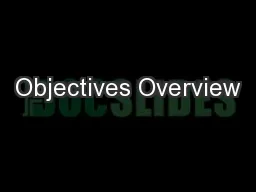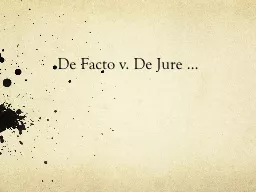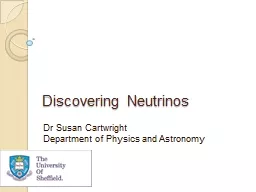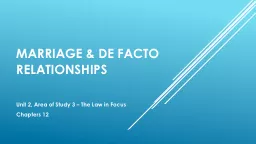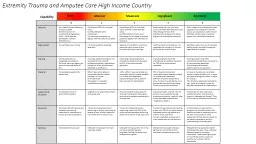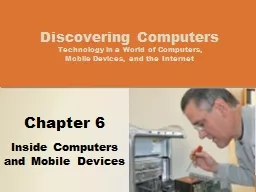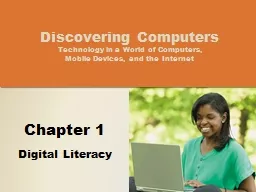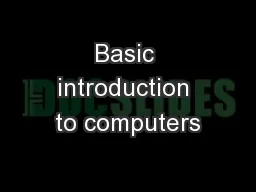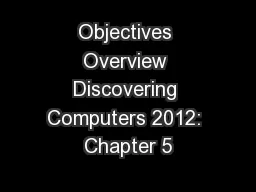PPT-Discovering De Facto Diagnosis Specialties
Author : olivia-moreira | Published Date : 2017-09-11
ACM BCB 2015 Xun Lu 1 Aston Zhang 1 Carl A Gunter 1 Daniel Fabbri 2 David Liebovitz 3 Bradley Malin 2 1 University of Illinois at Urbana Champaign 2 Vanderbilt
Presentation Embed Code
Download Presentation
Download Presentation The PPT/PDF document "Discovering De Facto Diagnosis Specialti..." is the property of its rightful owner. Permission is granted to download and print the materials on this website for personal, non-commercial use only, and to display it on your personal computer provided you do not modify the materials and that you retain all copyright notices contained in the materials. By downloading content from our website, you accept the terms of this agreement.
Discovering De Facto Diagnosis Specialties: Transcript
Download Rules Of Document
"Discovering De Facto Diagnosis Specialties"The content belongs to its owner. You may download and print it for personal use, without modification, and keep all copyright notices. By downloading, you agree to these terms.
Related Documents

